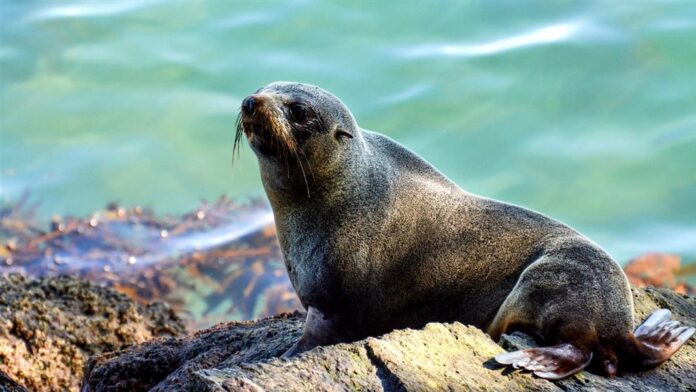Source: Department of Conservation
Date: 18 June 2021
Between May and September young seals and male seals of any age can be spotted as they leave their breeding colonies, explore, and rest. This includes newly weaned pups finding their way in the world.
Kekeno are most often found on rocky shores but are curious and exploratory by nature and can be seen all around the coast in unusual places. They occasionally travel up rivers as far as 15 km inland.
Although very charismatic, kekeno are wild animals and should be treated with respect.
“It’s really exciting that fur seals are doing well, and this time of year provides for some unique and special encounters with them”, says Laura Boren, Science Advisor for the Department of Conservation (DOC).
“But it’s important to remember this is all part of their normal behaviour and they are really resilient animals. Watch and enjoy them from a distance and follow our guidelines for when to call DOC.”
Seals are well adapted to life in the sea and along the rocky shoreline and have a thick layer of fur and blubber to keep them comfortable in this environment. These animals are also very clever and have the potential to become accustomed to humans and handouts very easily, prohibiting them from returning to a normal life at sea.
DOC has a hands-off approach with seals and will only intervene if the animal is in obvious danger such as getting too close to a road, tangled in debris, being harassed at a public beach or is seriously injured.
Sneezing, coughing and crying are all normal seal behaviours. Pups may be left alone for days at a time while their mother forages at sea.
DOC’s advice is to never touch or handle a seal as they can be very aggressive if threatened. It is also a breach of the Marine Mammals Protection Act. People should keep a distance of at least 20 metres from kekeno, if possible, and not get between the seal and the sea.
“If you are walking your dog in areas where seals regularly haul out, or see a seal on your beach, put your dog on a lead until you are away from the seal,” says Laura Boren.
If you see a seal which is severely injured, being harassed, or in obvious danger, call 0800 DOC HOT (0800 362 468).
Background information
If you encounter a seal on or near a beach, please give it space.
- Always keep dogs on a leash, under control and away from seals.
- Ensure you keep small children at a safe distance and under your control when watching seals.
- Do not get closer than 20 metres.
- Do not get between the seal and the sea.
- Do not touch or feed the seal.
Kekeno populations have made a remarkable recovery in New Zealand. They were hunted extensively in the 16th to 18th centuries, with some experts estimating the population fell as low as 10,000 seals.
The last population count in 2001 estimated there were 200,000 kekeno. This number is certain to be much higher now. The population rebound is something to be celebrated, but it does mean we will need to adjust to having more kekeno in our lives, on our beaches and near our cities.
Contact
For media enquiries contact:
Email: media@doc.govt.nz



